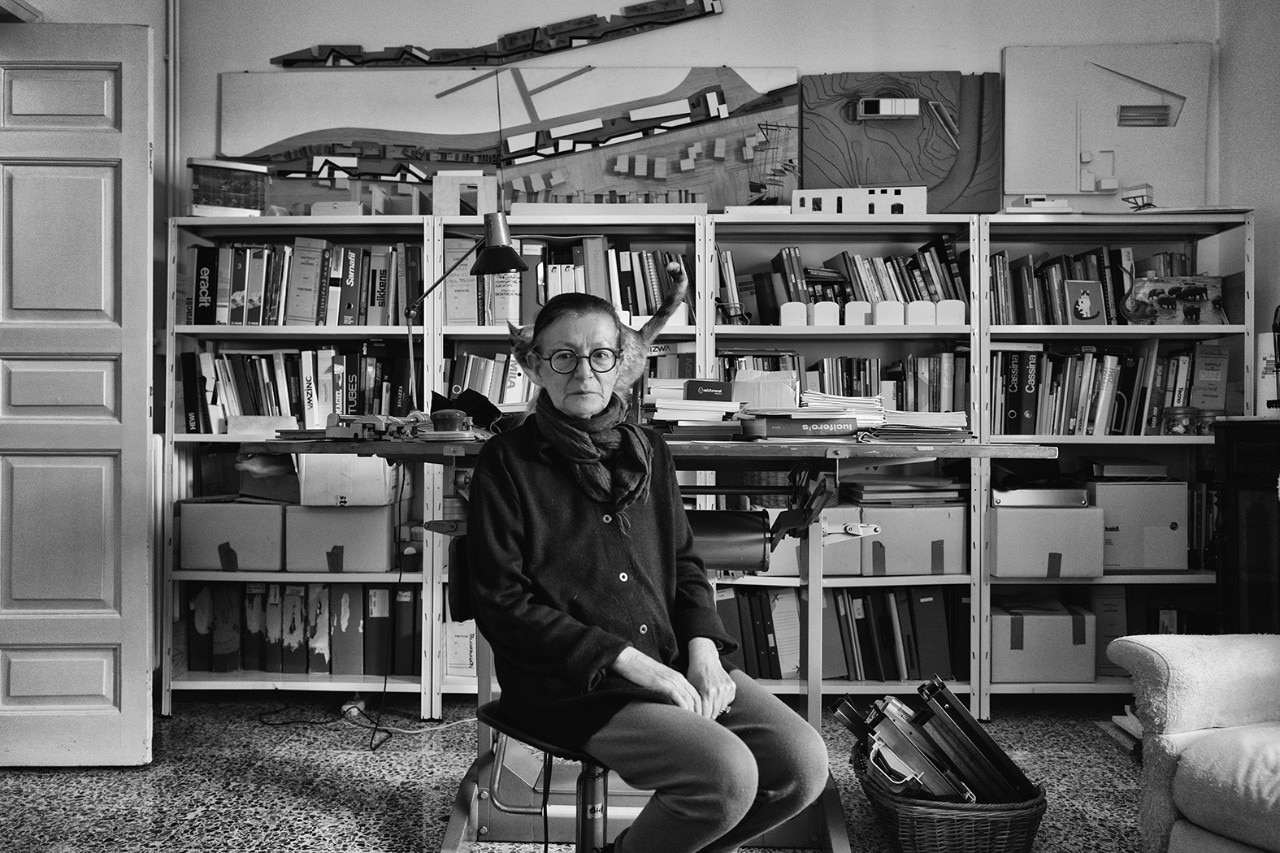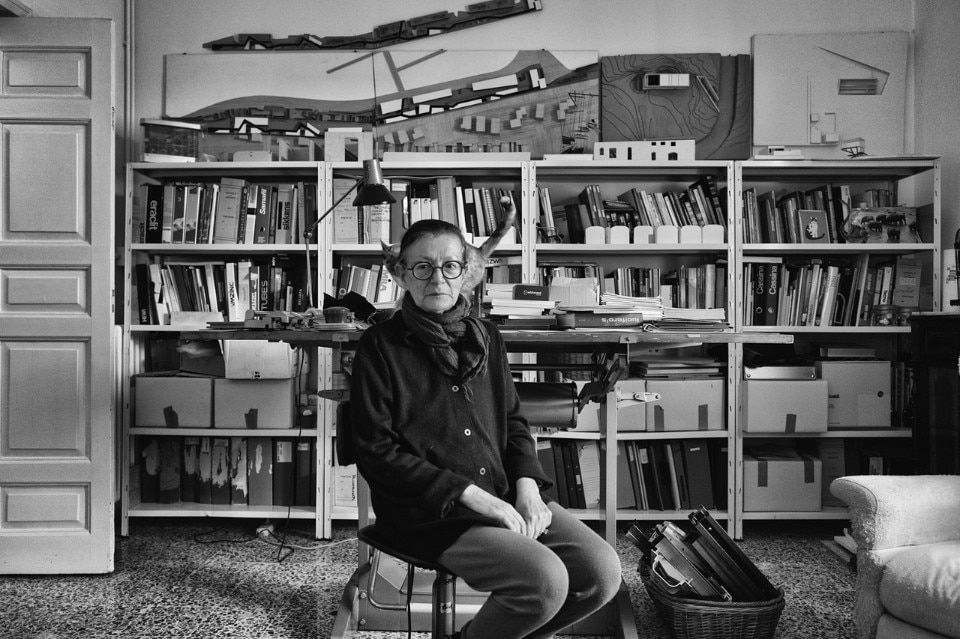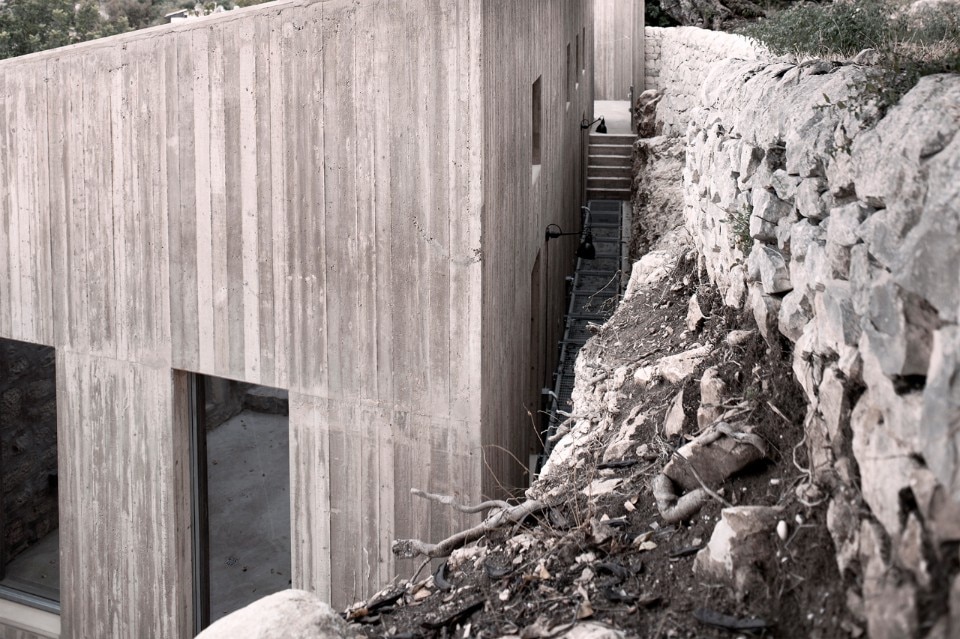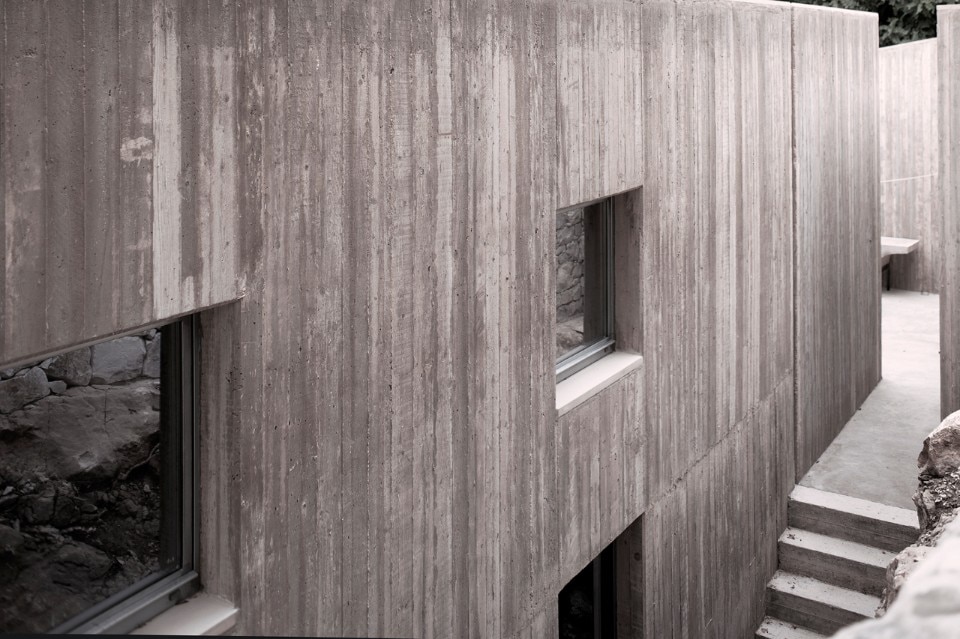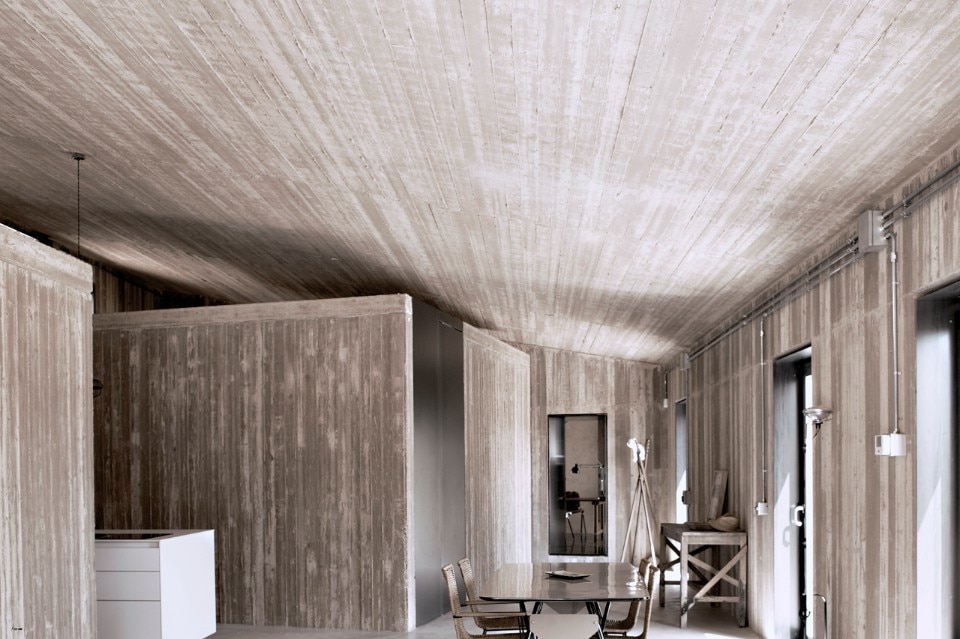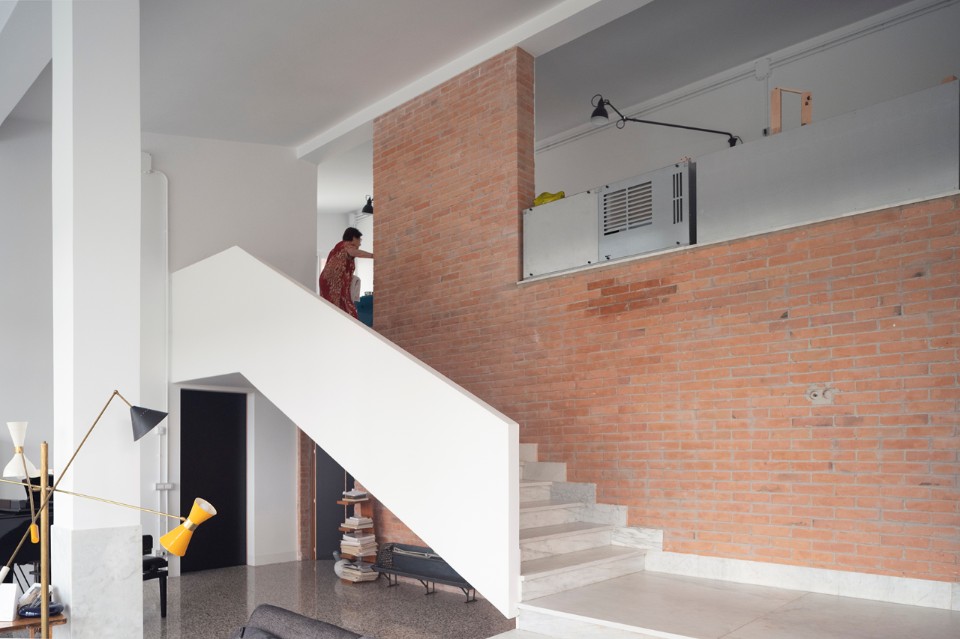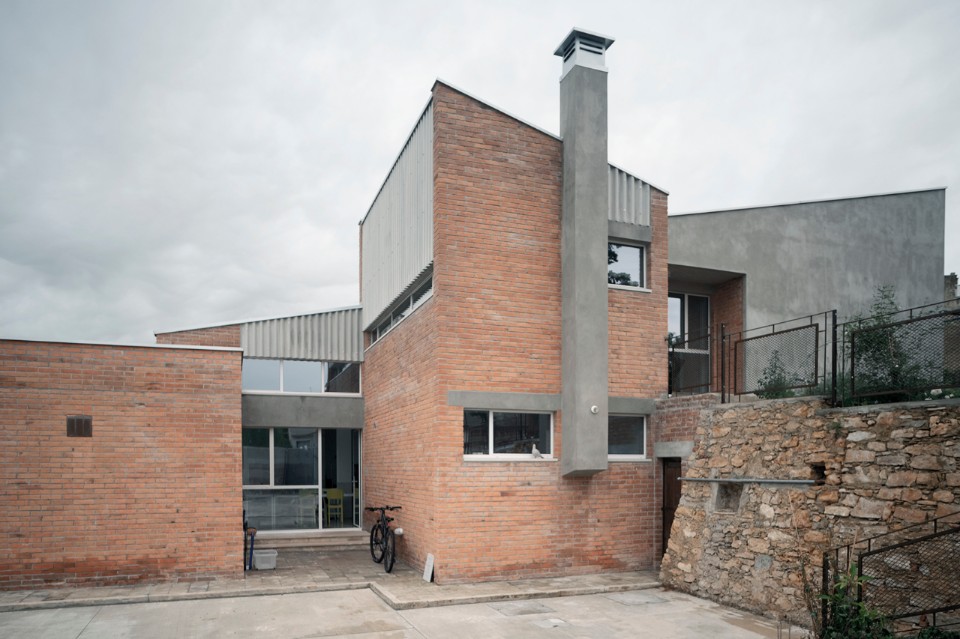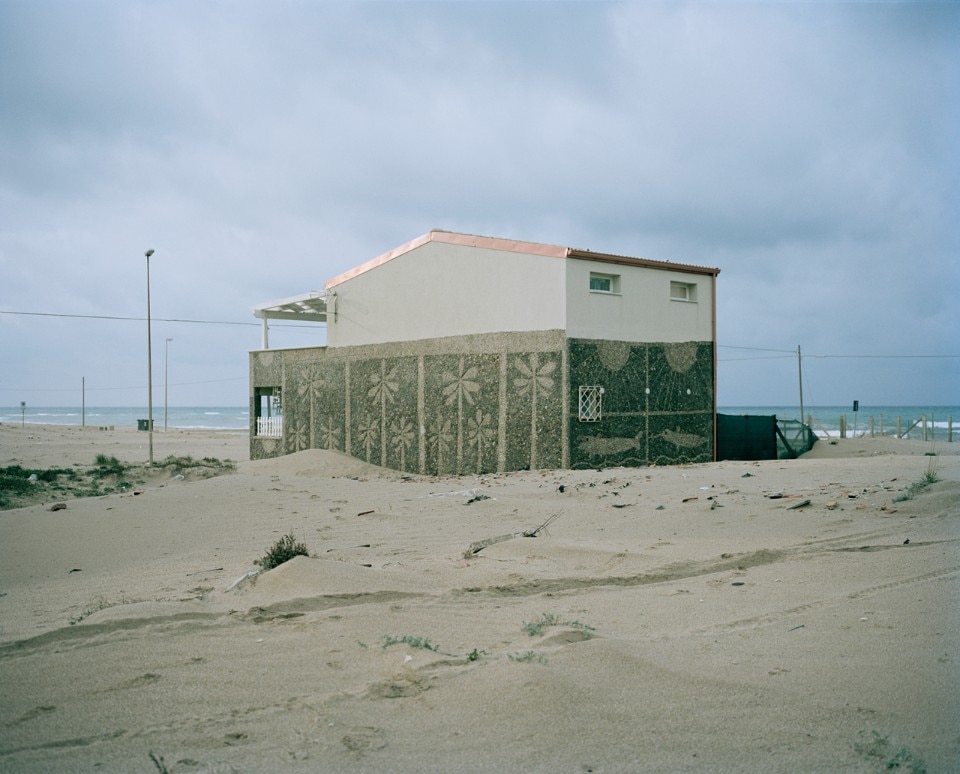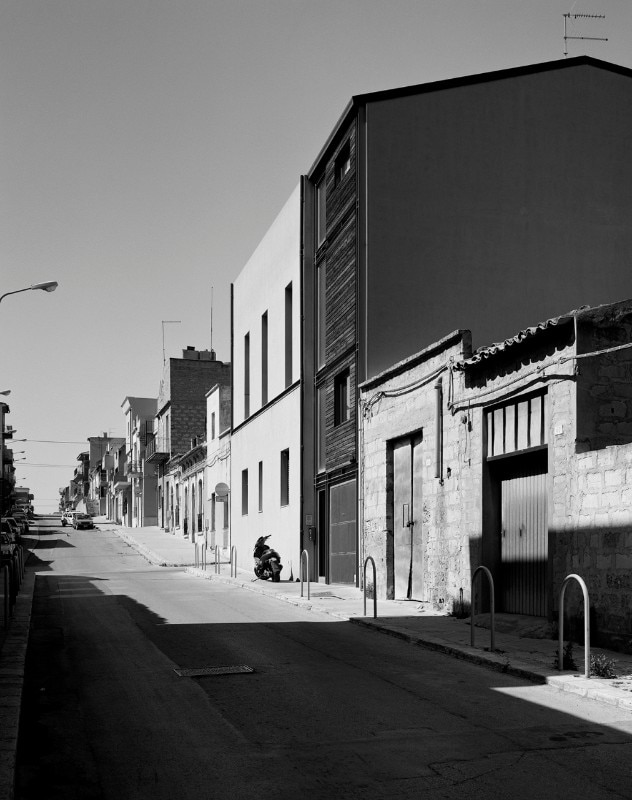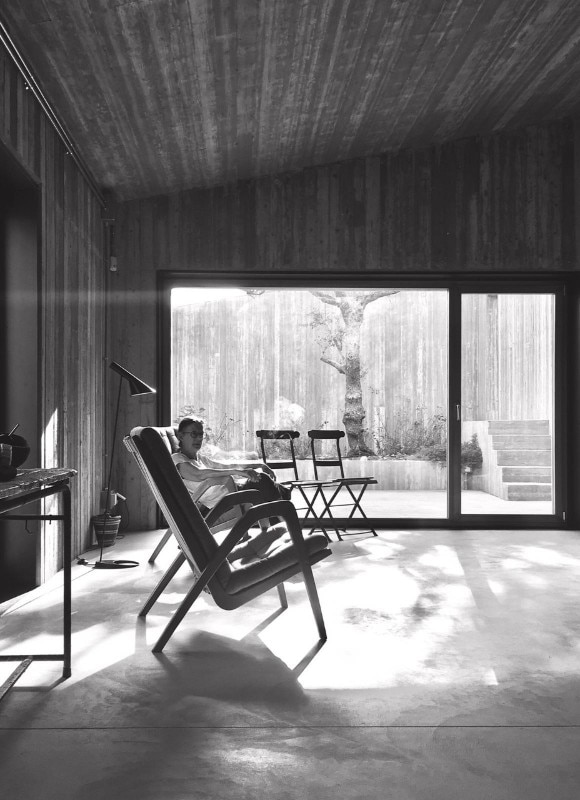The coronavirus crisis resparked the debate on Italy’s inland areas, which include the Alps and the Apennines (and the islands as well): it is believed that in the future many people will choose to relocate in order to better deal with possible new health emergencies and the upcoming economic crisis. Among the architects who participate in this debate, however, few of them live all year round in these inland areas, with the exception of Maria Giuseppina Grasso Cannizzo, who moved back to Vittoria, in the province of Ragusa, more than 30 years ago. Ragusa, in Sicily, is a very beautiful area, rich in Baroque and Art Nouveau architecture, nestled between the Hyblaean Mountains and the sea, with a large and fertile plain where there is an abundance of greenhouse crops that have made it the richest area of the island so much so that it is called the “Sicilian Po Valley”. And despite the great literary heritage of the place – Leonardo Sciascia wrote a book about Ragusa [1], his friend Gesualdo Bufalino was born and lived in Comiso and his first novel has now come back in vogue [2] – it remains a remote and difficult place to reach. Grasso Cannizzo lives here with a slightly shabby cat, and answers our questions from the comfort of her pink sofa.
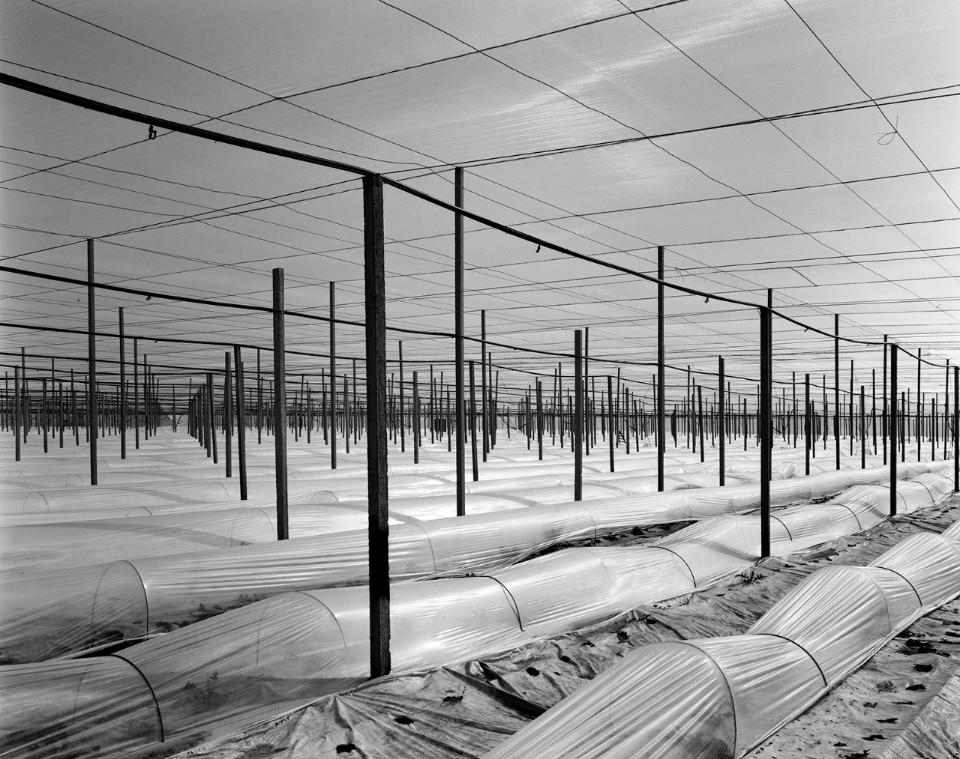
How are you dealing with the current situation?
Not well, I waste a lot of time making phone calls and video conferences. I thought that I was going to have time to read more, but I find it harder to concentrate. Moreover, the construction sites are still closed, and I think construction will resume only in June.
You have long chosen to live in an inland area, close to your hometown – Santa Croce Camerina –, what do you think of the hypothesis that many people will escape from the cities?
It is always a life choice, whether you move back to your hometown or to a new place. My artist friend Mario Airò moved to the countryside several years ago because his son had asked him where the sun was born, and he couldn’t find the answer in the city. This makes me smile: all of a sudden it seems like everyone has finally noticed it. These areas, which I prefer to call marginal areas, have always been there. After many years spent talking about urban density, here we are now, changing direction. The first, as always, was Rem Koolhaas with the exhibition “Countryside”. He’ s got quite the nerve, since he started off in Manhattan...
Actually, judging by the book [3], rather than a change of direction, it seems more like an unstoppable extension of the city into the countryside...
I don’t know, the only thing I know is that I lived for a long time in Rome, in Trastevere, from 18 to 31 years old, and then in Turin for quite a while. In the capital there used to be no neighborhoods, but districts, which had a strong identity and above all had a common feature: they were absolutely autonomous entities. In each district, you could find the shoemaker, the hardware store, the chair maker and so on. There was everything. Nowadays, on the contrary, you spend whole days on the bus just to find a few screws or a domestic spare part, it’s crazy. There was an idea of community, you knew more or less everyone. All this, however, only survived in marginal areas.
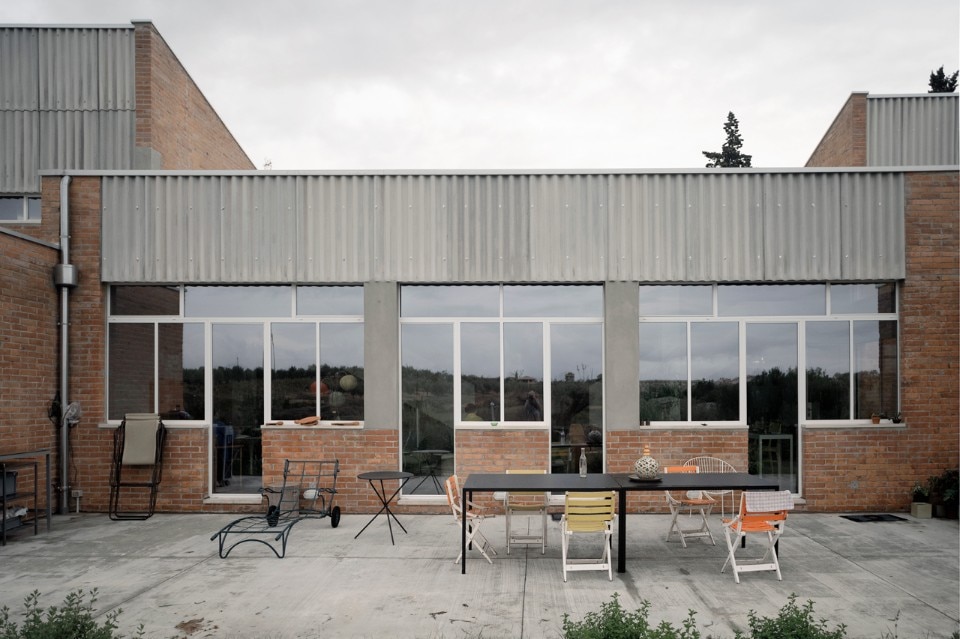
I can’t believe you moved back to Sicily just for a matter of comfort and sense of community. You are well known for your passion for art, just to give an example.
The choice to move to such a remote area is a different choice from the others, I think. Having lived in cities that have played important roles in two very lively historical periods, I have been inspired by everything, by the people I have met, by the exhibitions I have seen, by the things I have learnt and so on. But at a certain point, I had to wrap everything up, put it in a suitcase, and take it somewhere else in order to understand what I wanted to do with it. I wanted to move to a place where all those solicitations were not there, and also for personal reasons. Among other things, I wasn’t totally sure about my career path until I was almost 40 years old. I decided to return to Sicily at the age of 39. All this, however, made me aware of the important things I had accumulated before. For my studies, it was fundamental to meet people like Bruno Zevi, Franco Minissi and Mario Fiorentino who, I must say, particularly impressed me as a man even more than as an architect. He was a great art collector, and when I reviewed his paintings, I was always amazed: canvases by Cy Twombly, Pino Pascali, Alighiero Boetti, Andy Wharol... everything, scattered on the floor, randomly. Corviale is a utopian project, I took the life drawing exam with him in the 4th year, it’s a good thing I didn’t take the exam with Ludovico Quaroni because otherwise it would have ruined me, I would have chosen to specialize in city planning, who knows. Another important person was Maurizio Sacripanti, he was almost always drunk, but he made me live many “Rome-only” experiences. These are things and memories you don’t think about for a long time, but when you do you realize how much they have meant for you, and how much they still do.
There was an idea of community, you knew more or less everyone. All this, however, only survived in marginal areas
Do you believe that internal and marginal areas can attract people from the city? What are the architectural and urban characteristics of these areas?
Here, people can find houses of very different sizes from those of the city, and therefore live in very different conditions. For example there is more space available, you don’t have to take public transport also because there is none (only two buses a day go from Ragusa to the coast). Everything that was a problem for us, such as the absence of trains, isolation, etc., now with the pandemic is turning out to be an advantage: here, you take a two-kilometer walk and you are already in the countryside. In Vittoria, you can walk among citrus and almond trees. As you approach the seaside, there are more greenhouses, in general the air quality is better. When I read the rankings of the most livable cities in the newspapers, I get scared because the main criterion is services. But I can live with less services, I think that soon we all will have to give up some of these. I don’t know about you, but I think that everything comes at a price. Many people are terrified of having to give up the lifestyle of the city or worse of feeling isolated, but I have to say that I still live the same life I used to have in Rome: I am still in touch with all my friends who live far from me, and I have never given in to the intrusiveness typical of small cities. Most of the inhabitants of my town do not know what I’m up to. Just like in a big city.
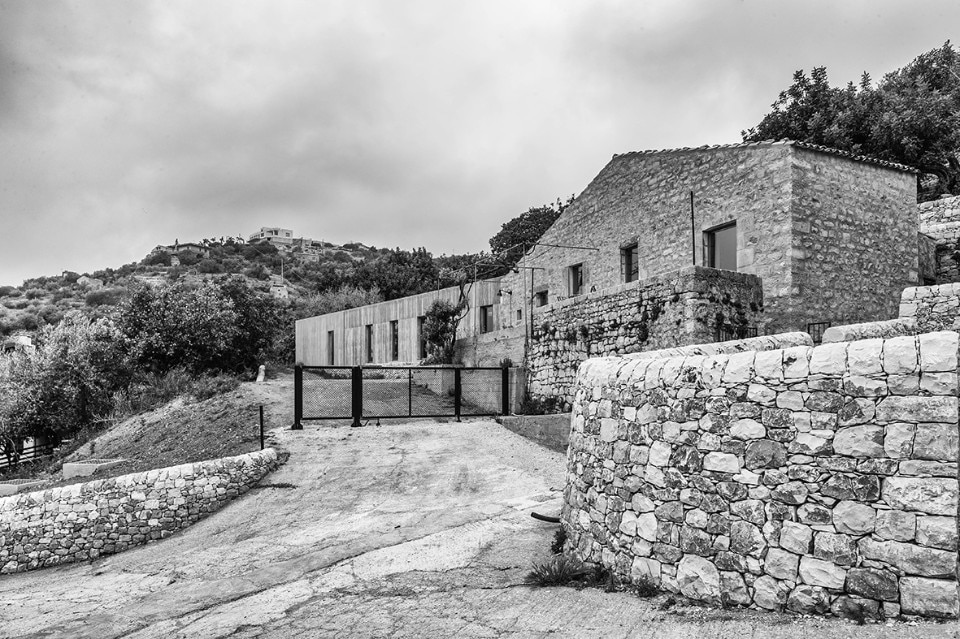
Pippo Ciorra, in an article dedicated to your latest project – a former kindergarten turned into a private home – notes that one of the reasons why critics hadn’t immediately recognized the value of your work is because all your projects are on a small scale [4]. Do you think this could be the characteristic of all marginal areas, namely the small scale projects and the “recycled” architecture?
Since the ’70s, small-scale projects have been put aside, in Italy, but also elsewhere. In the old architecture magazines, it used to be the norm, then at a certain point nobody cared about them anymore, both in urban areas and elsewhere; in the suburbs it is clear that small-scale projects are instead important, given the limited means available. In my opinion, to evaluate the complexity of the project only in comparison to its size is wrong. Here in Sicilian marginal areas, a great architectural intervention, among other things, is always linked to. I too began by trying to collaborate with politics here, but I immediately gave up the first projects because I understood that I would have to pay a price, in terms of blackmail. I’m not a fundamentalist, I can come to a compromise: with the clients of the Nicastro house in Modica, a couple of years ago, I jumped through hoops to maintain the existing building, but then I realized that it didn’t have the foundations, so I gave in, I demolished it and I modified the entire project.
About fifteen years ago, a cultural association called me to do an exhibition of my work, “as long as they are large-scale projects”. So, I asked them if they had ever seen my projects. After analyzing them, they finally told me “Sorry, we’re not interested anymore”. On the contrary, when Alejandro [Aravena] called me, he had first studied my work and had already understood that the whole territory is based on small-scale projects [5]: it’s not the size that improves the quality of what we have, now it seems to me that everyone is a little bit more aware of it.
Finally, I would like to ask you about the climate emergency that awaits us, in addition to that of the coronavirus.
Simply, I believe that until now humans have never considered themselves as a species living on this planet: all other animal species could catch viruses, they could move somewhere else, they could be hunted or eaten, but not us. On the contrary, we have now understood that we are like them, and we must act accordingly.
- [1]:
- Leonardo Sciascia, Invenzione di una prefettura. Le tempere di Duilio Cambellotti nel Palazzo del Governo di Ragusa, Milano, Bompiani 1987
- [2]:
- Gesualdo Bufalino, Diceria dell’untore, Palermo, Sellerio 1981; The Plague Sower, New York, Eridanos 1988
- [3]:
- Rem Koolhaas, AMO, edited by, Countryside, a Report, Köln, Taschen 2020
- [4]:
- Pippo Ciorra, Opera anonima. L’asilo-casa di Maria Giuseppina Grasso Cannizzo, in “Vesper” n. 2, 2020, pp. 42-47
- [5]:
- Alejandro Aravena, edited by, Reporting from the Front: 15th International Architecture Exhibition La Biennale di Venezia, Venice, Marsilio 2016


